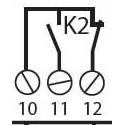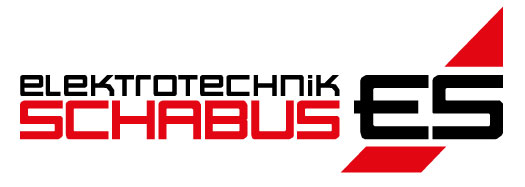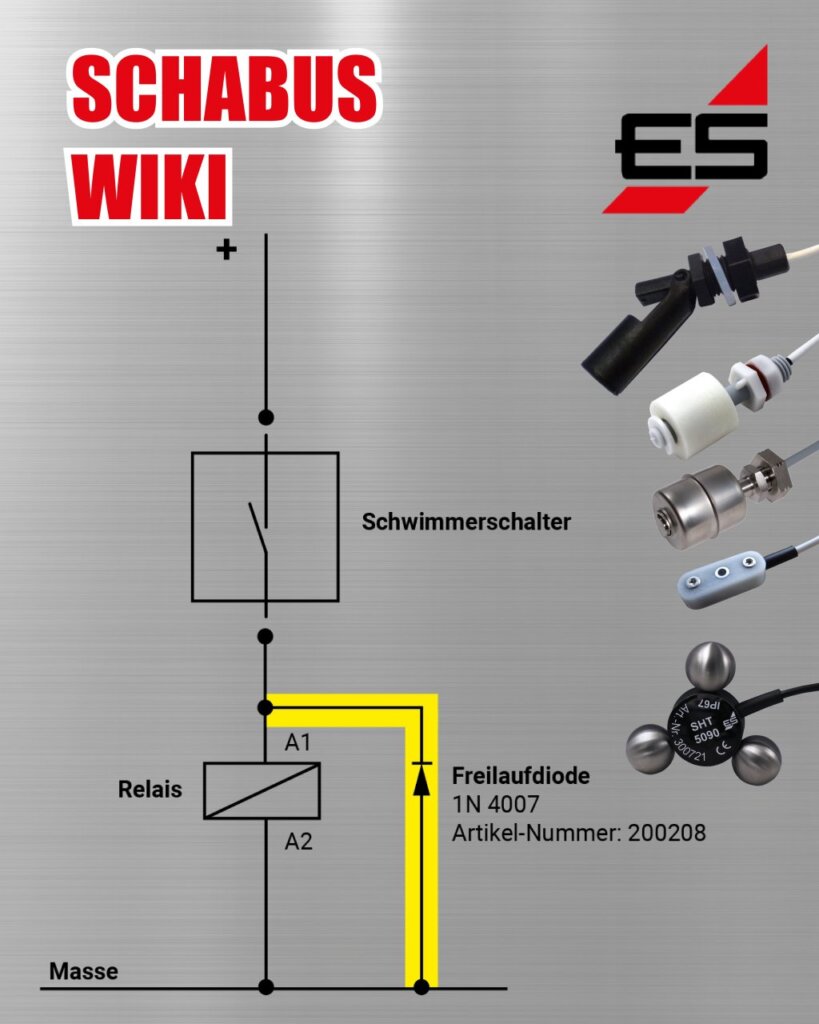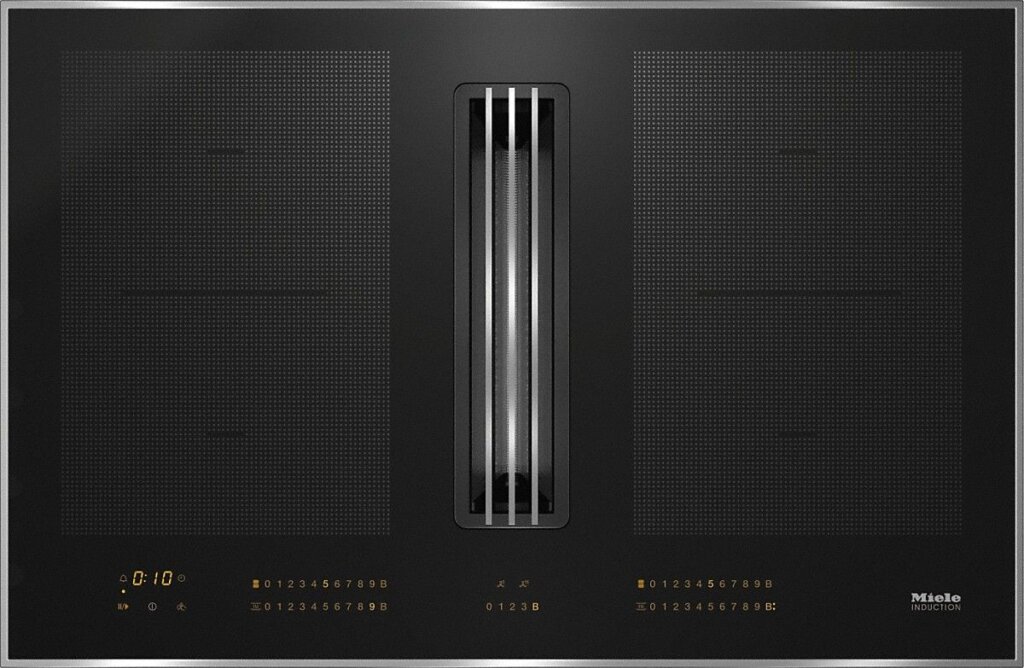What does a relay actually do?
One of the most important elements of Schabus products is the relay. Whether as a potential-free contact in the exhaust air controls, for switching off the washing machine during an aquastop or as an alarm message from the gas detectors, every switching operation is handled by a relay.
A relay is simply a switch that is not operated by hand, but by electronics. The biggest advantage of a relay is that large powers can be switched with very low currents from the electronics.
A relay that is accessible via screw terminals, e.g. in the FDS 100, SHT 5001, GX-A1+, ..., is always designed as a potential-free changeover relay at Elektrotechnik Schabus. "Potential-free" in this context means that there is no potential, i.e. no voltage, applied to the relay, nothing "comes out" of a relay, because it is simply a switch. You decide for yourself what you want to switch with the switch. And "changeover relay" means that you always have two switching contacts, a normally closed contact (n.c.) and a normally open contact (n.o.), as well as a common contact (com).

This is how a relay contact is shown, here from an SHT 5002 level controller:
10: common connection
(com) = common
11: normally open contact
(n.o.) = normally open
12: normally closed contact
(n.c.) = normally closed / normal closed
The illustration always shows the relay not actuated, it is said to be "not energized". The term comes from the inner workings of the relay, because there a coil magnetically "attracts" the switching tongue.
In some devices from Elektrotechnik Schabus, the relays are energized in monitoring mode when they are switched on, e.g. SHT 5000, other devices such as the SHT 5001 only energize the relay when an event has actually occurred. Here, always refer to the article about relays in the operating instructions, which informs you about the switching states of the relays.
In our socket devices, where the socket is carried out and switched, relays are also used. Mostly a single-phase switching on or off is carried out and there is a potential here, namely the mains AC voltage. Socket devices are not potential-free contacts!
A special case is taken by the BBB300 (part no. 200603) takes on a special case. With this small module, you can turn a switched socket into a potential-free contact. The BBB300 contains a Finder® relay of the highest quality with gold-rhodium contacts, which can be used to switch the lowest currents and voltages as well as higher powers. Here, only the normally open contact is executed, i.e. when the socket switches on, the normally open contact is closed, so you then have a stable connection between the two contacts.




